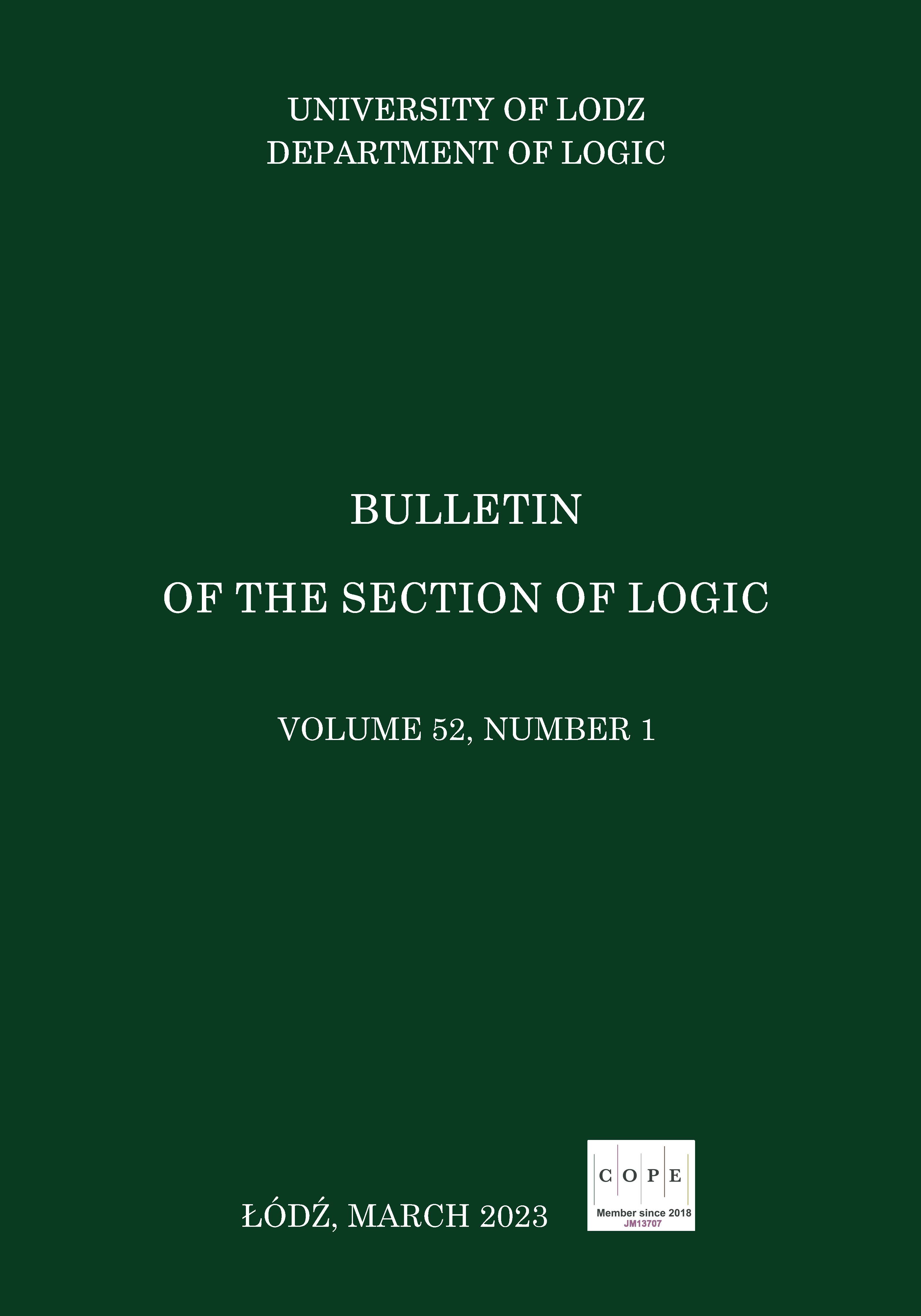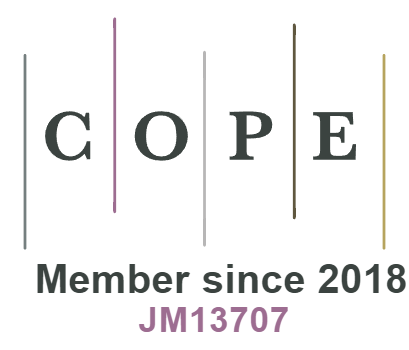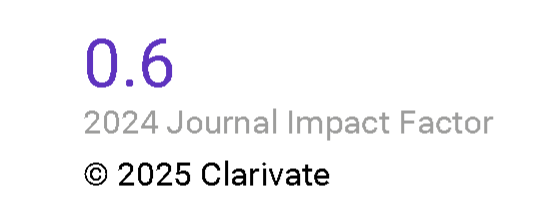Roughness of Filters in Equality Algebras
DOI:
https://doi.org/10.18778/0138-0680.2023.01Keywords:
equality algebra, approximation space, D-lower approximation, D-upper approximation, filter, D-lower filter, D-upper filterAbstract
Rough set theory is an excellent mathematical tool for the analysis of a vague description of actions in decision problems. Now, in this paper by considering the notion of an equality algebra, the notion of the lower and the upper approximations are introduced and some properties of them are given. Moreover, it is proved that the lower and the upper approximations define an interior operator and a closure operator, respectively. Also, using D-lower and D-upper approximation, conditions for a nonempty subset to be definable are provided and investigated that under which condition D-lower and D-upper approximation can be filter.
References
R. Biswas, S. Nanda, Rough groups and rough subgroups, Bulletin of the Polish Academy of Sciences Mathematics, vol. 42(3) (1994), pp. 251–254, DOI: https://doi.org/10.1007/11548669_1
Google Scholar
DOI: https://doi.org/10.1007/11548669_1
T. B. Iwiński, Algebraic approach to rough sets, Bulletin of the Polish Academy of Sciences, vol. 35 (1987), pp. 673–683, DOI: https://doi.org/10.1007/11548669_14
Google Scholar
DOI: https://doi.org/10.1007/11548669_14
S. Jenei, Equality algebras, Studia Logica, vol. 56(2) (2010), pp. 183–186, DOI: https://doi.org/10.1109/CINTI.2010.5672249
Google Scholar
DOI: https://doi.org/10.1109/CINTI.2010.5672249
S. Jenei, Equality algebras, Studing Logics, vol. 100 (2012), pp. 1201–1209.
Google Scholar
DOI: https://doi.org/10.1007/s11225-012-9457-0
S. Jenei, Kóródi, On the variety of equality algebras, Fuzzy Logic and Technology, (2011), pp. 153–155, DOI: https://doi.org/10.2991/eusflat.2011.1
Google Scholar
DOI: https://doi.org/10.2991/eusflat.2011.1
Y. B. Jun, Roughness of ideals in BCK-algebras, Scientiae Mathematicae Japonicae, vol. 7 (2002), pp. 115–119.
Google Scholar
Y. B. Jun, K. H. Kim, Rough set theory applied to BCC-algebras, International Mathematical Forum, vol. 2(41-44) (2007), pp. 2023–2029, DOI: https://doi.org/10.12988/imf.2007.07182
Google Scholar
DOI: https://doi.org/10.12988/imf.2007.07182
N. Kuroki, Rough ideals in semigroups, Information Sciences, vol. 100 (1997), pp. 139–163, DOI: https://doi.org/10.1016/S0020-0255(96)00274-5
Google Scholar
DOI: https://doi.org/10.1016/S0020-0255(96)00274-5
N. Kuroki, J. N. Mordeson, Structure of rough sets and rough groups, Journal of Fuzzy Mathematics, vol. 5 (1997), pp. 183–191.
Google Scholar
V. Novák, B. D. Baets, EQ-algebras, Fuzzy Sets and Systems, vol. 160(20) (2009), pp. 2956–2978, DOI: https://doi.org/10.1016/j.fss.2009.04.010
Google Scholar
DOI: https://doi.org/10.1016/j.fss.2009.04.010
Z. Pawlak, Rough sets, International Journal of Computer and Information Sciences, vol. 11(5) (1982), pp. 341–356, DOI: https://doi.org/10.1007/BF01001956
Google Scholar
DOI: https://doi.org/10.1007/BF01001956
S. Rasouli, B. Davvaz, Roughness in MV-algebras, Information Sciences, vol. 180(5) (2010), pp. 737–747, DOI: https://doi.org/10.1016/j.ins.2009.11.008
Google Scholar
DOI: https://doi.org/10.1016/j.ins.2009.11.008
F. Zebardast, R. A. Borzooei, M. A. Kologani, Results on equality algebras, Information Sciences, vol. 381 (2017), pp. 270–282, DOI: https://doi.org/10.1016/j.ins.2016.11.027
Google Scholar
DOI: https://doi.org/10.1016/j.ins.2016.11.027
Downloads
Published
How to Cite
Issue
Section
License

This work is licensed under a Creative Commons Attribution-NonCommercial-NoDerivatives 4.0 International License.
Funding data
-
National Natural Science Foundation of China
Grant numbers 11971384















